Unless you were tie your warp onto your loom one warp at a time (not recommended…) you will end up with bundles at the beginning of your weaving. These bundles serve the purpose of attaching your warp to your loom, but they also make it so the spacing at the beginning of your weaving is off!
This is where weaving headers come in!
What are weaving headers?
Weaving headers play a really important part in setting up your loom and starting a successful weaving.
No matter what way you warp your loom (front to back, back to front, direct, or indirect) you will need to tie your warp onto the front of your loom and space it out to create a perfect starting point.
When you are ready to start your weaving you will be looking for a flat plane of evenly spaced warp with straight selvedges. This is because you will want to start your weaving off the same way you want it to continue throughout the entire weaving process. Have you ever heard the saying “set yourself up for success”? This is a perfect example of that.
To get that perfect starting point you will need to use a header at the beginning of your weaving!
You can think of a header as sort of a “pre-weaving” because it is woven in your same pattern before you start your actual weaving to get your warps evenly spaced quicker than if you were to use up your regular yarn.
What can you use?
Different weavers may use different things for their headers depending on what their preference is or what they currently have on hand.
Regardless of what you choose you can opt to either use short or long strips. Longer strips will require you to have a more continuous header which can be slightly easier to weave up (just make sure not to pull too tight!)
Shorter headers will mean inserting a new piece in each shed, but they may be easier to remove in the end.
I usually do a mid range so that I can reuse them more often. If I keep longer ones than they will work for more weavings than if I only have shorter header pieces.
Some options for your weaving header are:
Fabric
Using fabric strips as a header is a really great way to get your warp evened out sooner because thicker fabric has a greater effect on the spacing. You might think you should just use the thickest fabric you can find then, but it does eventually have diminishing returns.
I am a big fan of the fabric header and I usually stick with a fabric strip of about 1.5 to 2 inches wide. I also just use scrap fabric that I have left over from other things so that I am not cutting up virgin fabric for something that is ultimately not a part of the finished piece.
Most of my weavings use an EPI of 6 -12 and this size works well for me. You might need to change it up if your EPI is different, so keep in mind there may be some experimentation involved!
Learn more about EPI and warp sett here.
Thick yarn
When I do not have any fabric strips available then I will usually use yarn that is thicker than my yarn that I am weaving with. Most often this is some chunky knitting yarn that I have sitting around in the studio, but any chunky yarn should do well.
You could also use a thinner yarn doubled over to make it weave thicker (you can see this in the first image of the post with the blue yarn). This is a really good use for scrap yarn that you have leftover from other weaving projects. For example, I have a scrap box of yarn from loom waste etc. that I keep for reasons just like this!
Learn about other ways you can use scrap yarn here.
Toilet paper
Yeah, I said toilet paper.
Never thought I would be talking about toilet paper here on Warped Fibers, but here we are.
While I have never used toilet paper myself as a weaving header, I have heard of other weavers using this as their preferred choice. If you do not have the fabric or yarn to use then this is something I imagine you have in your house that will be easy for you to use.
A possible pro of using toilet paper is the ease in which you can remove it when your weaving is finished. Unfortunately, the toilet paper may not be as reusable as the other methods, though, so if you are looking for more sustainable options I would go with the other 2.
Getting the most out of your header
Your weaving header is doing a lot of work to get your weaving ready to go and set up for success. That being said, there are other things that you can do to make them even more successful and faster.
This can be really important because your header is taking up real estate on your warp but it is not a part of the finished piece. A large header will use up more of your loom waste and if it is too big then it may even eat into your weaving space!
If this happens then, at best, you will be wasting some yarn and, at worst, you will not have enough room to finish your planned weaving project!
Smaller bundles (find your goldilocks)
When you are tying your warp onto your front apron rod you will be doing so in bundles. First, I always tie my warp on with a half-bow because it is easy to undo but is also just as strong as a double-knot.
You can learn how to do half-bows here.
Like a lot of things in weaving when you tie your warp onto your loom there is a goldilocks sized bundle that you will want to strive for. This size will change depending on your EPI and size of your yarn.
Essentially, you are looking for bundles that are small enough that they space evenly without adding too much header while not being so small that they are frustrating to tie and untie.
All bundles will produce some space between them when they are tied onto your apron rod. Larger spaces will take more header to close up than smaller spaces. Remember: the more header you need the more loom waste you need to account for.
My most used sized bundles include about 6 – 8 warps per bundle, but yours may be different due to your EPI, total warp ends, and personal preference. I usually like tie my bundles in even numbers that divide into my total warp ends. This is because that way they will all be the same size and will tie up simply.
Play around with different bundle sizes to find your goldilocks size. Unless you are changing up the types of weavings that you are creating often, you probably will not have to experiment constantly with different bundles and instead use the same size more often than not!
Weave 2 beat 1
One trick that I love to teach my students when they are warping their looms is to weave 2 beat 1.
This means that I want you to weave 2 picks and then beat your header into place instead of the normal weave 1 beat 1.
This works well because having 2 full picks in place before beating your header will add a bit of extra friction to the warp and make it even out faster than if you were to weave it in normally.
The images above show the progression of your warp with a thick yarn header beaten 2 picks at a time from bundles to evenly spaced in only 3 steps!
Removing your header
Since your header is not a part of your finished weaving it will need to be removed during your finishing process. Depending on the material you used this could vary a bit, but generally you have 2 options for removing your header from your warp once it is off the loom.
A quick note before we get into that though: another advantage of your header is that it functions as a way to keep your weaving in place once it is no longer under tension before you finish off your warp!
This is great for if you did not do a hemstitch on that end of your weaving. I have traveled with a weaving in my bag that was unfinished – just the header at one end – many times without worrying about it unweaving. So keep it in place until you are ready for your finishing!
Learn how to do a hemstitch here.
Learn about warp finishing options here.
Pull out with tapestry needle
Regardless of what you are weaving, every weaver should own at least a few tapestry needles. They are great for weaving in your tails on balanced woven projects and for helping you to remove your header without disturbing your finished weaving.
While you can, of course, also use your fingers to do this, I have found the dull point of the tapestry needle does a better job at moving only the header and not the weft once I get up to the weaving.
To do this: lay your weaving flat on a table with the header towards you. Use the blunt end of your tapestry needle to gently tug your header out of your warp one pick at a time. If you try to do multiple picks at a time then your warp could get a bit tangled.
Removing your header this way is perfect for when you want to reuse it for later projects.
Learn more about different types of tapestry needles here.
Cut it out
If you can not be bothered to slowly take the header out with your tapestry needle and you don’t care about reusing your header then you can cut it out! Just be careful not to accidentally cut your weaving in this process.
You can cut your header in a few different spots along your weaving and it should easily come out without much hassle. Shorter pieces should not get tangled if you tug them out.
Check out my favorite supplies (like tapestry needles and yarn snips!) here.
Regardless of what you choose for your header and how you opt to remove it, the importance of using one is something I cannot say enough! Just find out what works best for you and use that.
Do you use something other than what I mentioned for your weaving header? Let me know!
⇣ Love It? Share It! ⇣
You May Also Like






















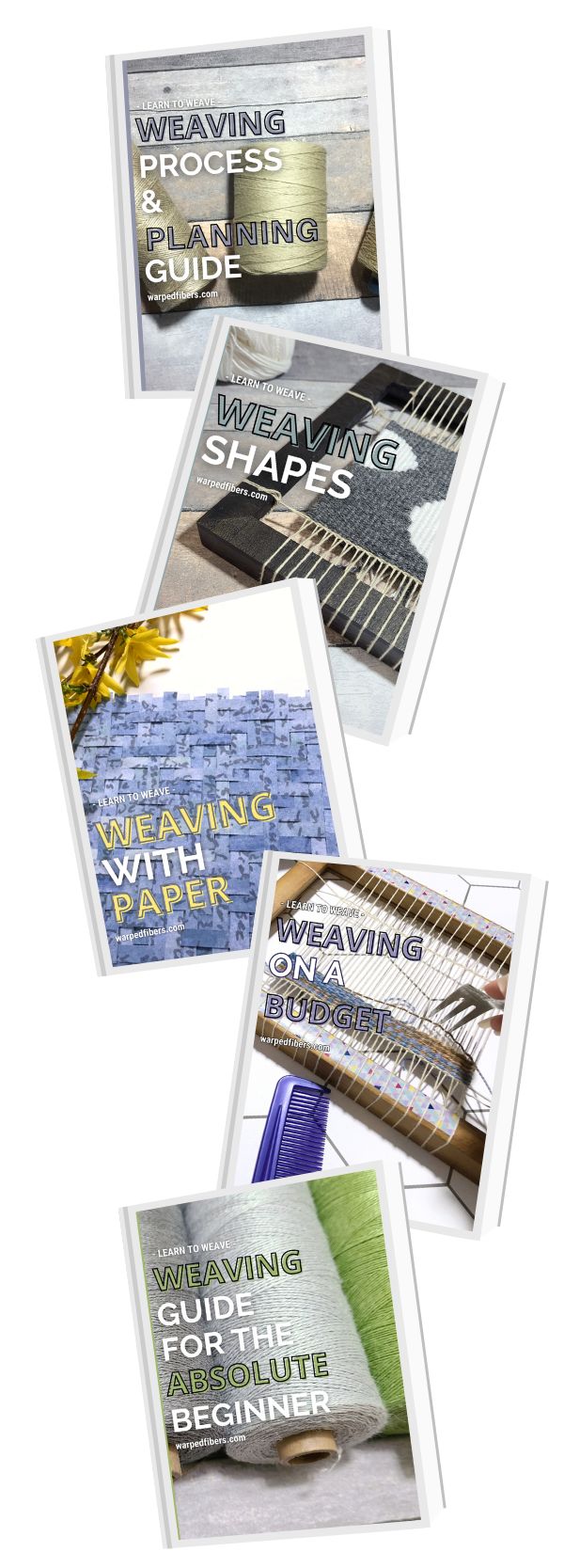
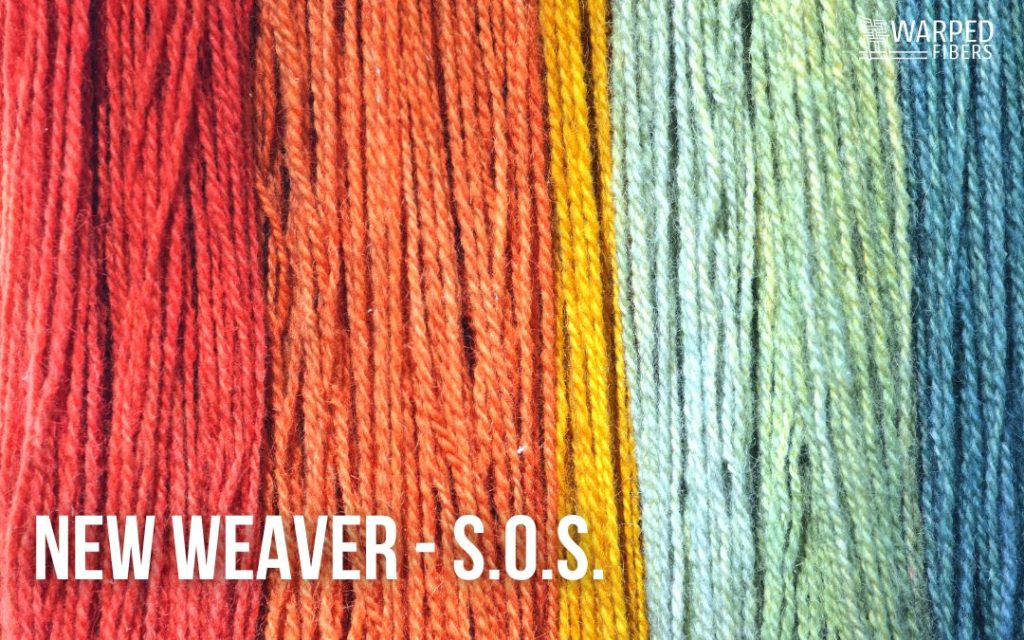

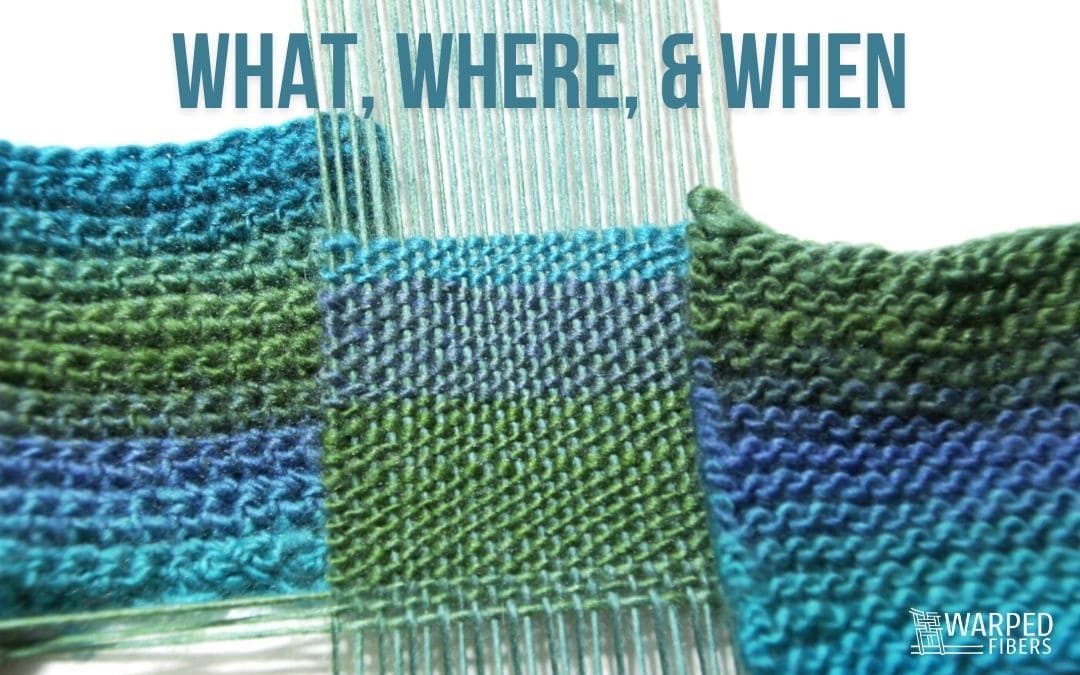

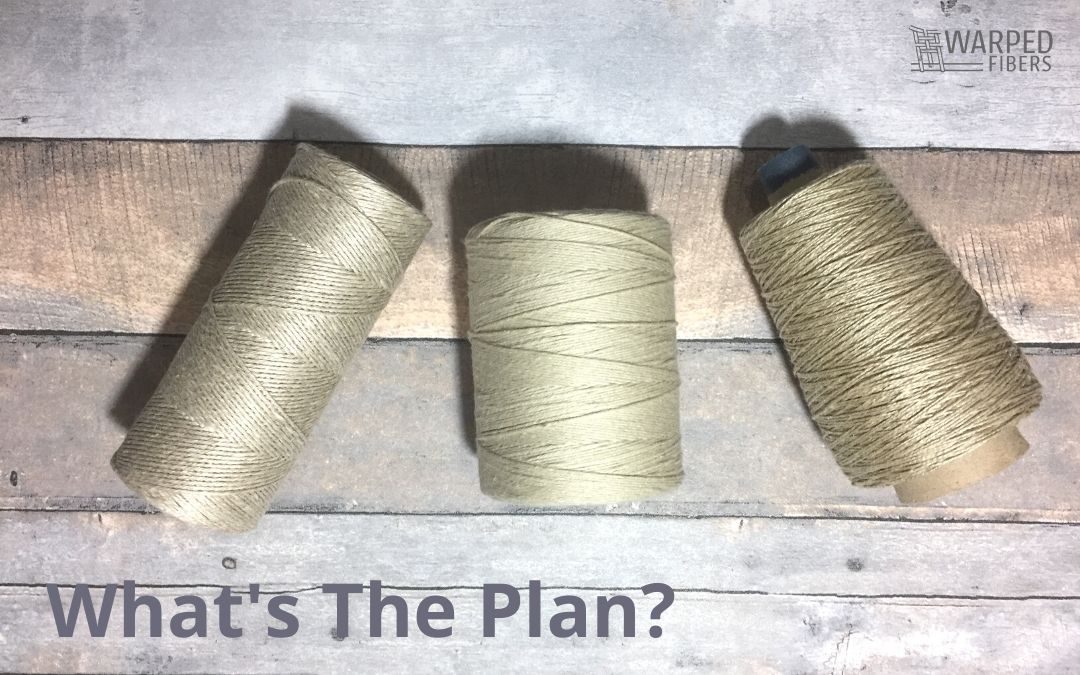

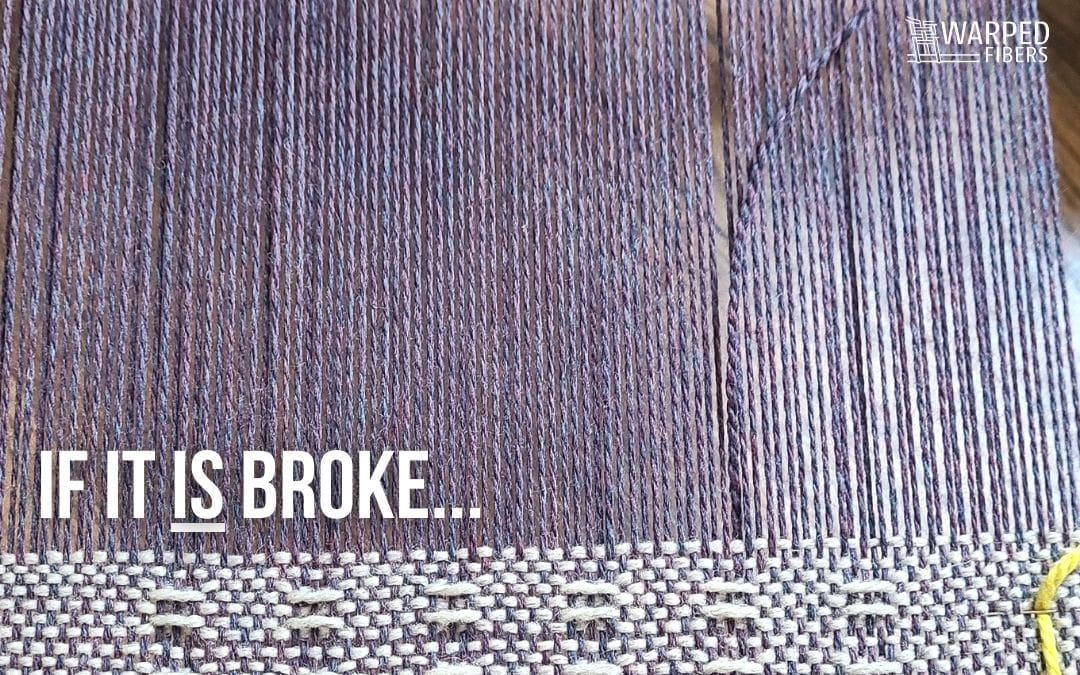

Thank you ! I am very new to weaving , some of it is confusing so I appreciate your help 🙂
You’re very welcome! So glad to have you here 🙂